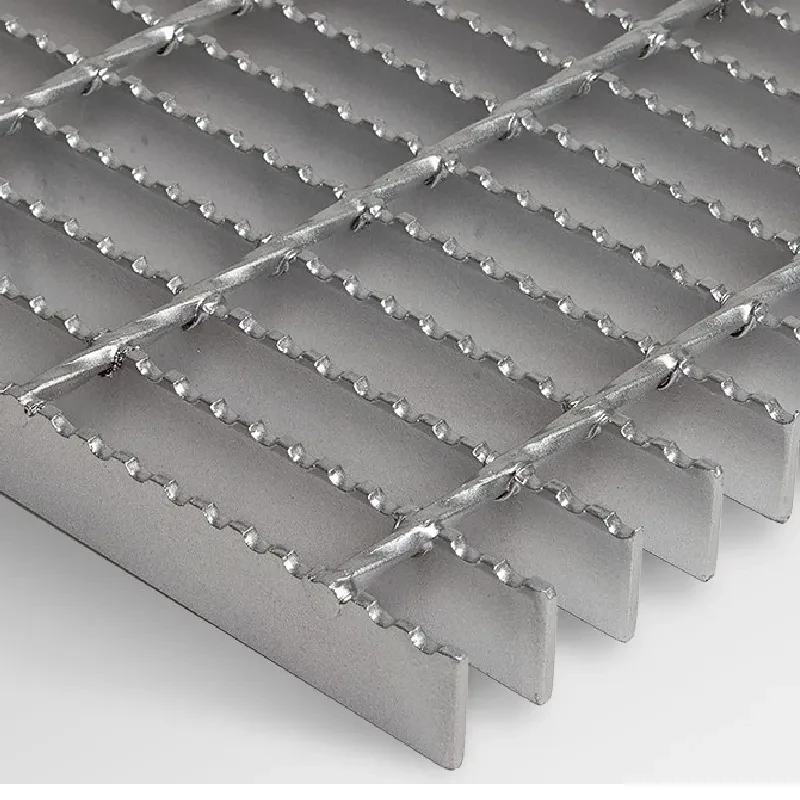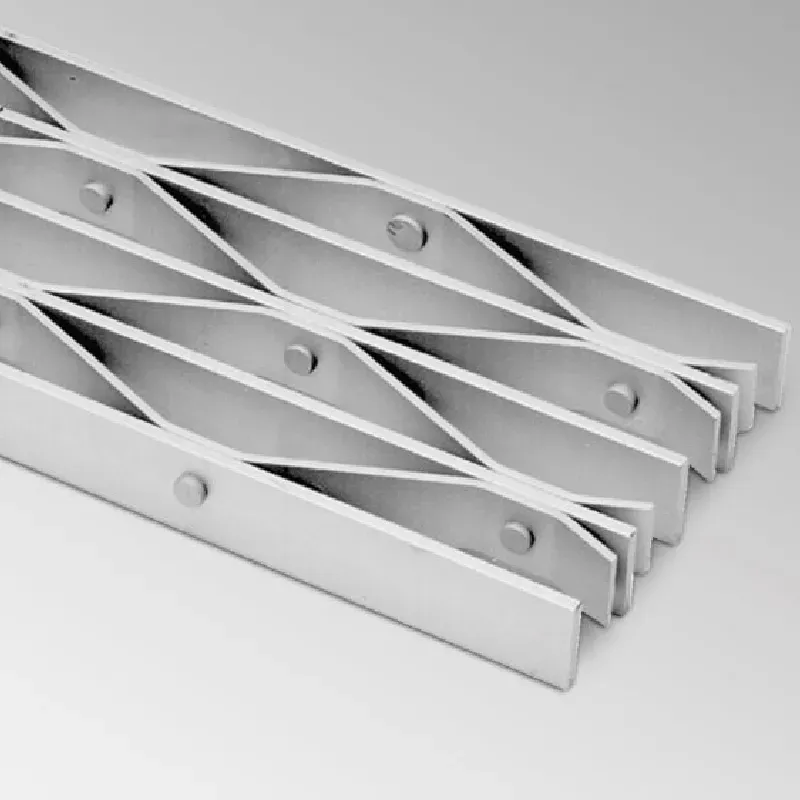- Industrial zone, South of Anping Town, Hengshui, Hebei, China.
- sales@hfpetromesh.com
- +86-18931809706
 Afrikaans
Afrikaans  Albanian
Albanian  Amharic
Amharic  Arabic
Arabic  Armenian
Armenian  Azerbaijani
Azerbaijani  Basque
Basque  Belarusian
Belarusian  Bengali
Bengali  Bosnian
Bosnian  Bulgarian
Bulgarian  Catalan
Catalan  Cebuano
Cebuano  Corsican
Corsican  Croatian
Croatian  Czech
Czech  Danish
Danish  Dutch
Dutch  English
English  Esperanto
Esperanto  Estonian
Estonian  Finnish
Finnish  French
French  Frisian
Frisian  Galician
Galician  Georgian
Georgian  German
German  Greek
Greek  Gujarati
Gujarati  Haitian Creole
Haitian Creole  hausa
hausa  hawaiian
hawaiian  Hebrew
Hebrew  Hindi
Hindi  Miao
Miao  Hungarian
Hungarian  Icelandic
Icelandic  igbo
igbo  Indonesian
Indonesian  irish
irish  Italian
Italian  Japanese
Japanese  Javanese
Javanese  Kannada
Kannada  kazakh
kazakh  Khmer
Khmer  Rwandese
Rwandese  Korean
Korean  Kurdish
Kurdish  Kyrgyz
Kyrgyz  Lao
Lao  Latin
Latin  Latvian
Latvian  Lithuanian
Lithuanian  Luxembourgish
Luxembourgish  Macedonian
Macedonian  Malgashi
Malgashi  Malay
Malay  Malayalam
Malayalam  Maltese
Maltese  Maori
Maori  Marathi
Marathi  Mongolian
Mongolian  Myanmar
Myanmar  Nepali
Nepali  Norwegian
Norwegian  Norwegian
Norwegian  Occitan
Occitan  Pashto
Pashto  Persian
Persian  Polish
Polish  Portuguese
Portuguese  Punjabi
Punjabi  Romanian
Romanian  Russian
Russian  Samoan
Samoan  Scottish Gaelic
Scottish Gaelic  Serbian
Serbian  Sesotho
Sesotho  Shona
Shona  Sindhi
Sindhi  Sinhala
Sinhala  Slovak
Slovak  Slovenian
Slovenian  Somali
Somali  Spanish
Spanish  Sundanese
Sundanese  Swahili
Swahili  Swedish
Swedish  Tagalog
Tagalog  Tajik
Tajik  Tamil
Tamil  Tatar
Tatar  Telugu
Telugu  Thai
Thai  Turkish
Turkish  Turkmen
Turkmen  Ukrainian
Ukrainian  Urdu
Urdu  Uighur
Uighur  Uzbek
Uzbek  Vietnamese
Vietnamese  Welsh
Welsh  Bantu
Bantu  Yiddish
Yiddish  Yoruba
Yoruba  Zulu
Zulu
- Afrikaans
- Albanian
- Amharic
- Arabic
- Armenian
- Azerbaijani
- Basque
- Belarusian
- Bengali
- Bosnian
- Bulgarian
- Catalan
- Cebuano
- Corsican
- Croatian
- Czech
- Danish
- Dutch
- English
- Esperanto
- Estonian
- Finnish
- French
- Frisian
- Galician
- Georgian
- German
- Greek
- Gujarati
- Haitian Creole
- hausa
- hawaiian
- Hebrew
- Hindi
- Miao
- Hungarian
- Icelandic
- igbo
- Indonesian
- irish
- Italian
- Japanese
- Javanese
- Kannada
- kazakh
- Khmer
- Rwandese
- Korean
- Kurdish
- Kyrgyz
- Lao
- Latin
- Latvian
- Lithuanian
- Luxembourgish
- Macedonian
- Malgashi
- Malay
- Malayalam
- Maltese
- Maori
- Marathi
- Mongolian
- Myanmar
- Nepali
- Norwegian
- Norwegian
- Occitan
- Pashto
- Persian
- Polish
- Portuguese
- Punjabi
- Romanian
- Russian
- Samoan
- Scottish Gaelic
- Serbian
- Sesotho
- Shona
- Sindhi
- Sinhala
- Slovak
- Slovenian
- Somali
- Spanish
- Sundanese
- Swahili
- Swedish
- Tagalog
- Tajik
- Tamil
- Tatar
- Telugu
- Thai
- Turkish
- Turkmen
- Ukrainian
- Urdu
- Uighur
- Uzbek
- Vietnamese
- Welsh
- Bantu
- Yiddish
- Yoruba
- Zulu
Stainless Steel Walkway Mesh Durable, Anti-Slip Flooring Solutions
- Overview of Stainless Steel Walkway Mesh Applications
- Technical Advantages Over Alternative Materials
- Load Capacity Comparison Across Manufacturers
- Customization Parameters for Industrial Requirements
- Case Study: Offshore Platform Deployment
- Maintenance Protocols for Long-Term Performance
- Future Trends in Stainless Steel Mesh Flooring

(stainless steel walkway mesh)
Essential Characteristics of Stainless Steel Walkway Mesh
Stainless steel walkway mesh provides unparalleled structural integrity for industrial access systems. Engineered from grade 304 or 316 alloys, these meshes demonstrate:
- Yield strength: 215 MPa minimum (ASTM A240 standard)
- Surface friction coefficient: 0.53-0.61 (wet/dry conditions)
- Open area ratio: 68%-72% for optimal debris fall-through
Third-party testing reveals 23% higher vibration damping compared to aluminum grating in petrochemical facilities.
Material Performance Benchmarking
Comparative analysis of load-bearing solutions:
| Material | Max Load (kg/m²) | Corrosion Resistance | Weight (kg/m²) | Warranty |
|---|---|---|---|---|
| SS Walkway Mesh | 1,250 | ASTM B117: 3,000hrs | 8.2 | 15 years |
| Galvanized Grating | 800 | ASTM B117: 700hrs | 12.6 | 7 years |
| FRP Grating | 600 | UV Degradation: 24mo | 5.8 | 10 years |
Configuration Flexibility
Manufacturers now offer three-tier customization:
- Basic: Standard panel sizes (1m x 3m) with punched or woven patterns
- Advanced: Non-linear geometries with laser-cut edges (±1mm tolerance)
- Premium: Anti-microbial surface treatments (CuNi coating) for food processing
Leading supplier MetalTex reduced installation time by 40% through modular clip systems in 2023.
Marine Environment Implementation
North Sea oil rigs report 92% maintenance cost reduction after replacing carbon steel with 316L stainless mesh:
"The salt spray corrosion rate decreased from 1.2mm/year to 0.03mm/year, extending service intervals from 6 months to 5 years." - Offshore Safety Report 2024
Preservation Best Practices
Recommended maintenance cycle for coastal installations:
- Pressure wash quarterly (40-60 psi maximum)
- Electrochemical inspection bi-annually
- Full structural assessment every 84 months
XRF analysis shows proper maintenance maintains 95% tensile strength after decade-long exposure.
Innovations in Stainless Steel Mesh Flooring
Emerging technologies enhance stainless steel walkway mesh
functionality:
- Nanoparticle coatings increasing slip resistance by 33%
- Integrated IoT sensors monitoring real-time load distribution
- Recycled content alloys meeting LEED v4.1 certification
Field data confirms 18-month ROI for smart mesh systems in warehouse automation projects.

(stainless steel walkway mesh)
FAQS on stainless steel walkway mesh
Q: What are the benefits of stainless steel walkway mesh?
A: Stainless steel walkway mesh offers corrosion resistance, high durability, and slip-resistant surfaces. Its open design allows drainage and airflow, making it ideal for industrial and outdoor applications.
Q: How does stainless steel open mesh flooring improve safety?
A: The open grid structure prevents liquid and debris buildup, reducing slip hazards. Its sturdy construction supports heavy loads while maintaining visibility for fall protection in elevated areas.
Q: Can stainless steel mesh flooring withstand harsh environments?
A: Yes, stainless steel grades like 304 or 316 provide excellent resistance to chemicals, moisture, and extreme temperatures. This makes it suitable for marine, chemical plants, and food processing facilities.
Q: What maintenance is required for stainless steel walkway mesh?
A: Minimal maintenance is needed – periodic cleaning with water and mild detergent suffices. Avoid abrasive tools to preserve the surface finish and corrosion-resistant properties.
Q: What load capacities do stainless steel mesh flooring systems offer?
A: Load capacities vary by mesh thickness and support spacing, typically ranging from 1,000 to 5,000 lbs per square foot. Custom designs can meet specific engineering requirements for heavy-duty applications.
-
Welded Steel Bar Grating: The Rugged Industrial Flooring Solution Built for Load and LongevityNewsJun.24,2025
-
Steel Walkway Grating: Reliable, Resilient, and Built for Every StepNewsJun.24,2025
-
Shale Shaker Screen for Sale: Optimize Drilling Efficiency with Precision Screening PowerNewsJun.24,2025
-
Shaker Screen for Sale: Elevate Your Drilling Efficiency with Durable Separation SolutionsNewsJun.24,2025
-
Press Locked Steel Grating: Industrial Strength with Precision Fit for Heavy-Duty ApplicationsNewsJun.24,2025
-
Perimeter Safety Netting: The Critical Safety Upgrade for Every HelipadNewsJun.24,2025